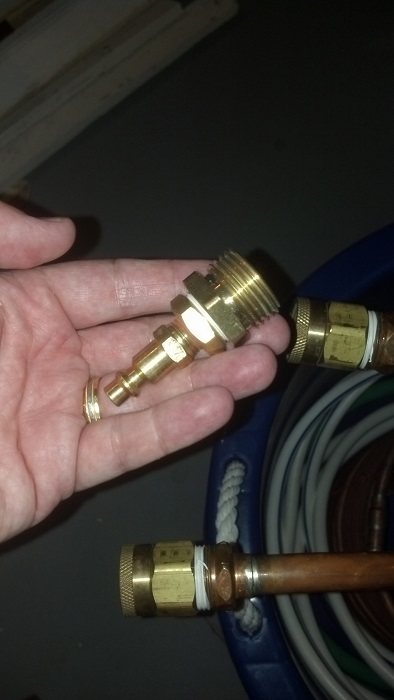Hello everyone,
I was wondering if someone has a trick to completely remove water from an immersion chiller. I have a 50' 3/8'' id stainless steel chiller and i have some difficulty to completely remove the water.
Here's the pic of my chiller!
http://ihomebrewing.ca/images/detailed/0/50ft_3eighth_SS.jpg
Thanks
I was wondering if someone has a trick to completely remove water from an immersion chiller. I have a 50' 3/8'' id stainless steel chiller and i have some difficulty to completely remove the water.
Here's the pic of my chiller!
http://ihomebrewing.ca/images/detailed/0/50ft_3eighth_SS.jpg
Thanks




